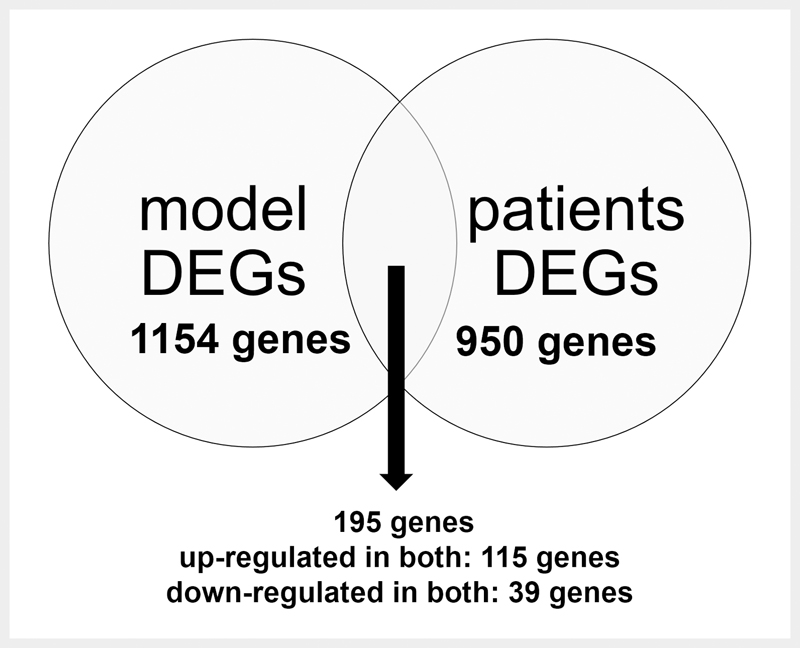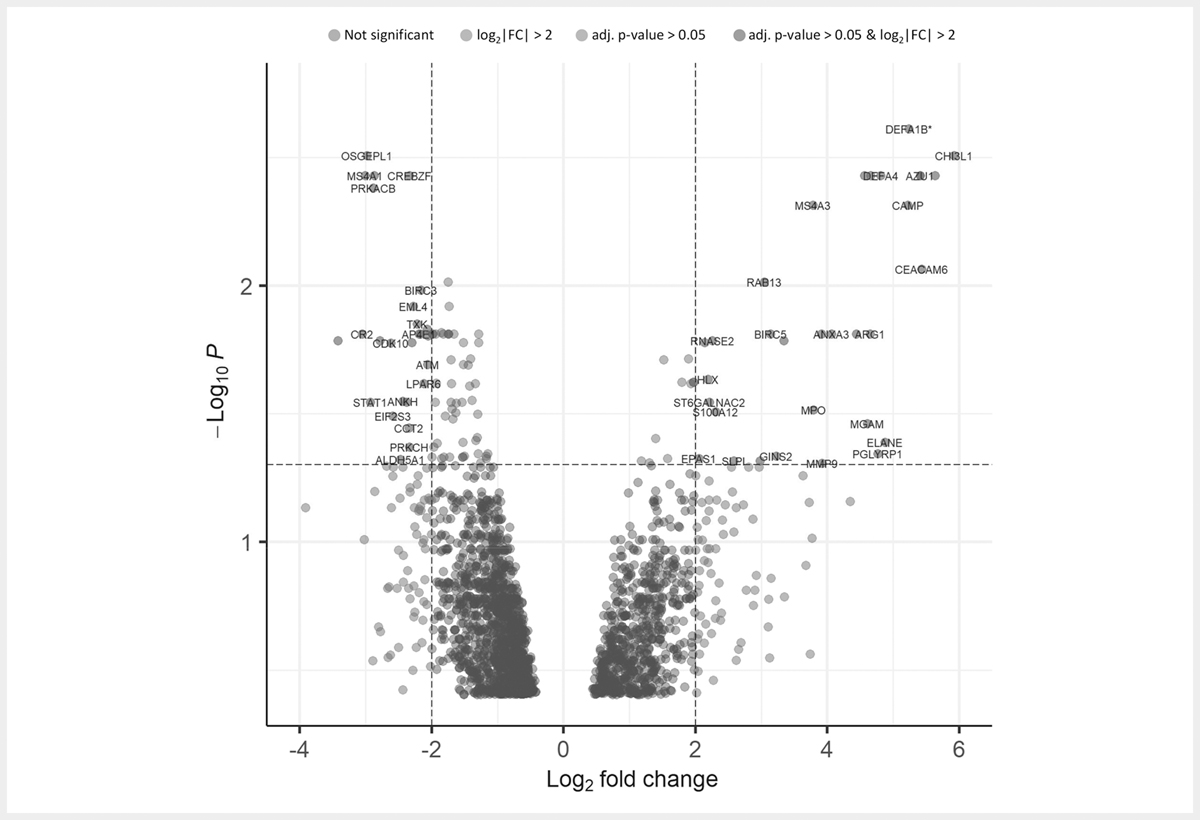
Enjoy These Highlighted Articles
Original Article
Shiho Iwasaki, Katsuyuki Kaneda
Endometriosis is one of the most common gynecological diseases in women of reproductive age. Retrograde menstruation is considered a major reason for the development of endometriosis. The syngeneic transplantation mouse model is an endometriosis animal model that is considered to mimic retrograde menstruation. However, it remains poorly understood which genetic signatures of endometriosis are reflected in this model. Here, we employed an in vivo syngeneic mouse endometriosis model and identified differentially expressed genes (DEGs) between the ectopic and eutopic tissues using microarray analysis.

Review
Aditya Singh, Vaseem Ahamad Ansari, Tarique Mahmood, Farogh Ahsan, Rufaida Wasim
Microglia is cells of mesodermal/mesenchymal origin that migrate into the central nervous system (CNS) to form resident macrophages inside the special brain microenvironment. Intact with both neuronal and non-neuronal cells, microglia is highly active cells. Continuous process extension and retraction allows microglia to scan the brain parenchyma for threats. They are also able to change their morphology from ramified to amoeboid, which is a sign of cell activity. In response to pleiotropic stimuli such as neurotransmitters, cytokines, and plasma proteins, microglia express a diverse range of receptors. As controllers of synaptic activities and phagocytosis of developing neurons, they serve a critical role in the healthy brain and have significant effects on synaptic plasticity and adult neurogenesis.
Original Article
Pathway Analysis of Patients with Severe Acute Respiratory Syndrome
Anas Khaleel, Abdullah Bassam Zakariya, Mohammad Niazi, Nidal A. Qinna, Wael Abu Dayyih, Amneh H. Tarkhan
Coronaviruses are emerging threats for human health, as demonstrated by the ongoing coronavirus disease 2019 (COVID-19) pandemic that is caused by severe acute respiratory syndrome coronavirus 2 (SARS-CoV-2). SARS-CoV-2 is closely related to SARS-CoV-1, which was the cause of the 2002–2004 SARS outbreak, but SARS-CoV-1 has been the subject of a relatively limited number of studies. Understanding the potential pathways and molecular targets of SARS-CoV-1 will contribute to current drug repurposing strategies by helping to predict potential drug-disease associations.

